Wealthy hikers go to war with environmental activists trying to BAN them from popular viewpoint over threat to endangered wildlife
Access to a clifftop walking trail with sweeping views of the Pacific Ocean is being challenged as environmentalists seek to preserve the area’s endangered species.
The trail at Dana Point Headlands, halfway between San Diego and Los Angeles, is also home to the Pacific pocket mouse – the smallest mouse species in North America – of which very few remain.
At last count in 2022, only 77 remained, leading the San Diego Zoo to introduce a conservation and breeding reintroduction program.
Because the mice thrive in the early evening and morning, activists want the trail’s operating hours shortened during peak times of mouse activity.
The trail opened in 2009 and had consistent public hours until the early days of the pandemic, when CNLM temporarily closed it. When reopened, access was limited until 2022
In May, the Dana Point Planning Commission approved a development permit establishing operational hours allowing the public to access the Bluff Top Trail from sunrise to sunset every day.
However, the Center for Natural Lands Management (CNLM) wants the number of days on which access is allowed to be reduced, along with shorter hours for trail use, and has appealed the city’s permit to the California Coastal Commission.
Walkers would only be allowed access four days a week and only between 8am and 6pm in the summer, and 4pm in the winter months.
The trail passes through a rock covered with sage and other plants native to the area, but it is also one of the few habitats for the Pacific pocket mouse and the equally endangered California mosquitocatcher.
CNLM is concerned about the potential negative impact on the pocket mouse, which is also found in only two other places: Camp Pendleton and Laguna Coast Wilderness Park.
In their appeal, CNLM argues that the city’s decision to grant the permit is not aligned with local coastal development and public access programs.
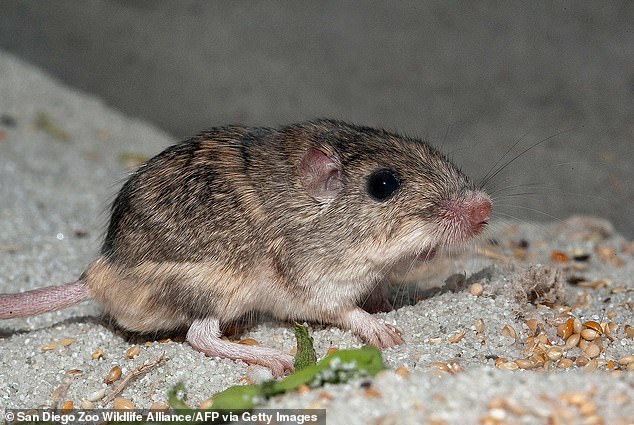
At last count in 2022, only 77 remained, leading the San Diego Zoo to introduce a conservation and breeding reintroduction program.
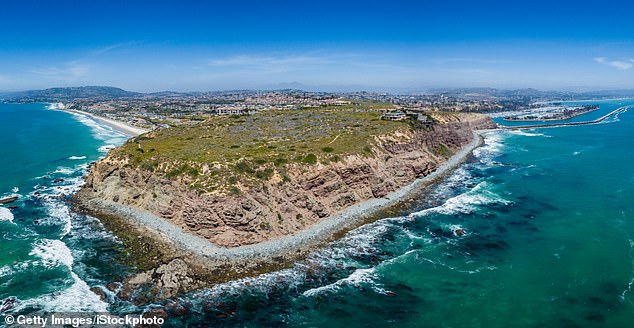
The trail at Dana Point Headlands, halfway between San Diego and Los Angeles, is home to the Pacific pocket mouse – the smallest mouse species in North America – of which few remain
The Coastal Commission will review the appeal next month and determine whether changes should be made to the city’s original permit, after which a new one will be issued.
The dispute over the use of routes between Dana Point and CNLM has been going on for years.
A 2022 court order allowed daily use of the trail, which was only recently made more formal by the Planning Commission.
Dana Point Mayor Jamey Federico believes it is important that the trail remains open daily.
“We believe that this is such an important coastal facility for visitors that daily access should be maintained as a basis,” Mayor Federico told the Orange County Register.
‘We understand adaptive management and that the path needs to be closed from time to time based on data. But we believe that CNLM should take every action possible to improve the pocket mouse population before considering trail closures.”
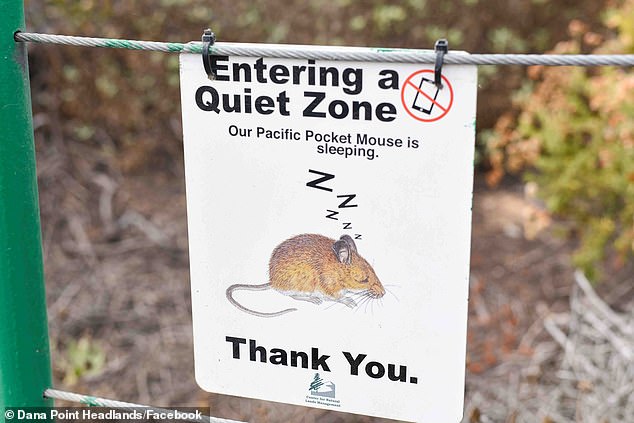
The Center for Natural Land Management (CNLM) wants the number of days public access to the trail is allowed to be reduced, along with shorter hours on a daily basis
The Headlands is home to one of only three known colonies of pocket mice in the Pacific Ocean.
CNLM purchased the land from developer Sanford Edward in 2005 for $11.9 million, funded by a grant from the Steel Foundation.
The money was invested to ensure the conservation of endangered species and plants. The group also received $800,000 from the Department of Defense to help alleviate the impact on Camp Pendleton’s mouse population.
The trail opened in 2009 and had consistent public hours until the early days of the Covid-19 pandemic, when CNLM temporarily closed it due to “stay at home” orders.
When reopened, access was limited to Tuesdays and Thursdays between 9 a.m. and noon. The CNLM initially refused to comply with Dana Point’s request for a daily 7 a.m. to sunset reopening.
Ttrail usage has doubled since it opened, negatively impacting the reproduction and foraging behavior of the mouse population.
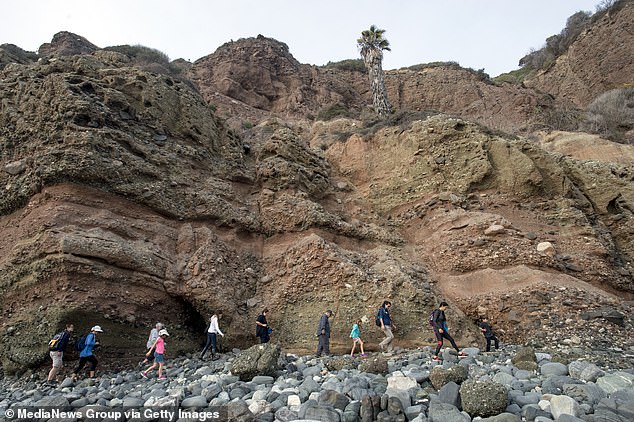
Visitors hike to the tide pools in Dana Point, California
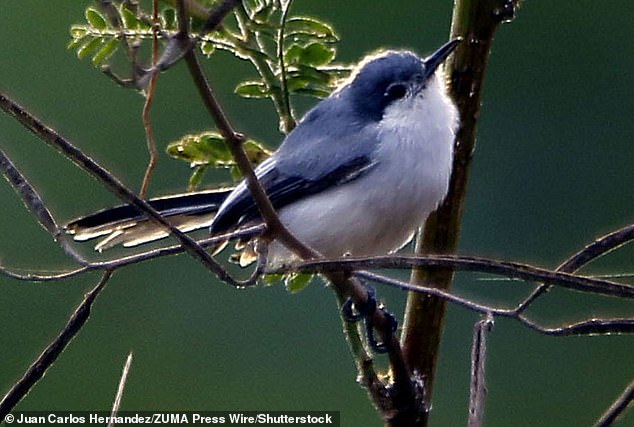
The equally endangered California gnatcatcher bird also has a home on the trail
CNLM is monitoring the mouse population and visitor numbers to assess the impact of public use, which has doubled since reopening.
The environmental group believes that the increased number of walkers is now having a negative effect on the mice.
Sarah Mueller, an attorney for CNLM, has proposed a reduction in trail hours, which could help reduce the impact human activities can have on the mice.
“The mere presence of humans affects the species and interferes with their reproduction and foraging behavior,” Mueller told OCRegister.
Mayor Federico disagrees and believes the mouse population should be managed around the current setup, rather than resulting in the closure of the trail.
